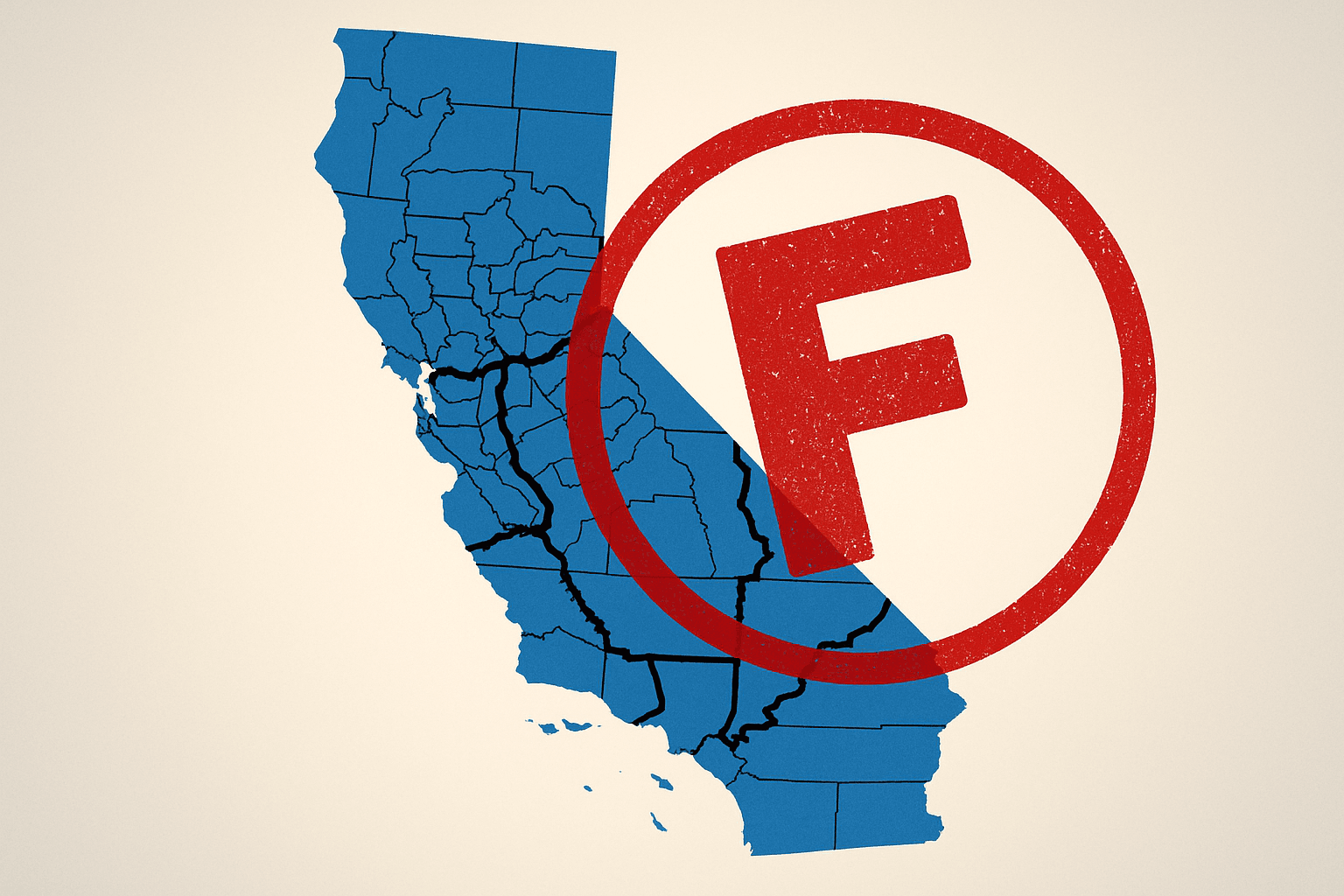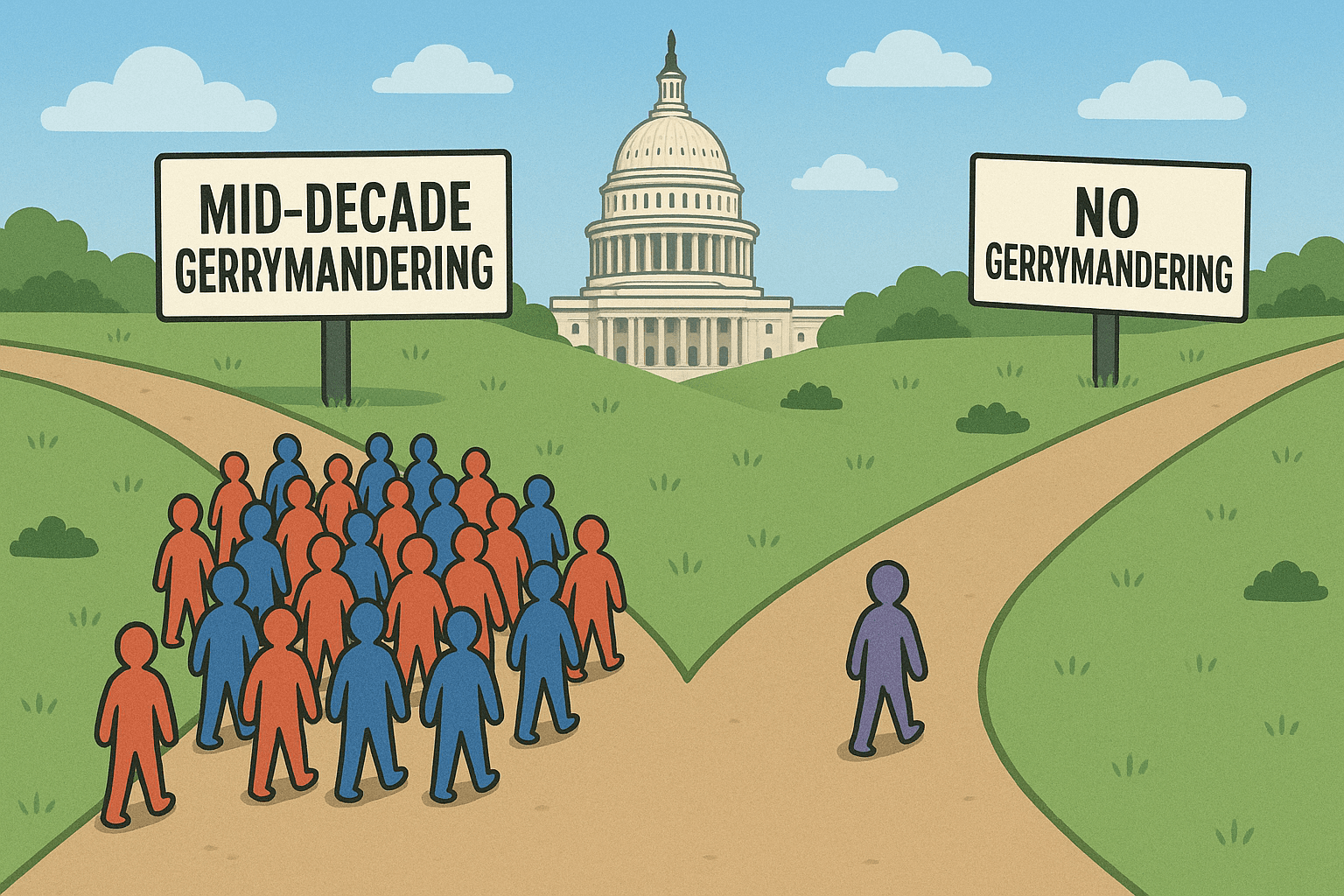Clean Energy Research by Government Key for Reducing Emissions


Over the last decade, a handful of progressives and climate policy experts have argued that the dominant approach to dealing with global warming -- capping emissions, putting a price on carbon -- could not work. Our focus ought instead to be on making clean energy cheaper through public-private investments in technology innovation and deployment.
But the conventional wisdom rejected the technology solution as too slow. Its advocates were attacked as "delayers," and enablers of global warming denial. Only caps and carbon pricing, the enforcers of the orthodoxy said, could reduce emissions.
Since then, a grand experiment has taken place. Europe put in place a cap and trade scheme. The U.S. did not. And where European nations banned or did not develop shale gas resources, the U.S. tapped so much of it for the price of natural gas to drop 80 percent since 2008.
The results of the experiment are in. U.S. emissions have declined 7.7 percent since 2006 -- the largest drop of any nation in the world -- and may continue to decline as natural gas replaces coal. By contrast, in Europe, there is little evidence that its carbon price and cap and trade system have reduced emissions at all. Leading European powers like Germany have been on a coal-burning spree.
To some, this has been evidence that there is no role for government in reducing emissions. But that conclusion overlooks the reality that the shale gas revolution is the result of a concerted, public-private effort dating back to the mid-1970s. Moreover, significant investments by governments and private investors in clean energy contributed to large declines in the cost of solar and wind.
When technological revolutions hit -- personal computers in the '80s, the Internet in '90s, shale gas today -- it's easy to forget how long they took, and the critical role played by governments.
Writing in yesterday's New York Times, David Leonhardt notes, "Although government officials make mistakes when choosing among nascent technologies, one success can outweigh many failures. Washington-financed research has made possiblesemiconductors, radar, the Internet, the radio, the jet engine and many medical advances, including penicillin."
Energy is no exception. The two countries that have most significantly and most rapidly reduced their emissions are Sweden and France. They did so not through carbon pricing or even pollution controls but rather through developing and directly deploying zero-carbon energy technologies.
The lesson for anyone who cares about global warming should be clear. Nations will transition to cleaner sources of energy when they become cost-competitive with dirty sources. The gas revolution shows that carbon pricing and caps are not needed to reduce emissions. All of which makes the constant dismissal of technological innovation, and the insistence on caps and pricing, by some environmentalists, so curious.
(This first appeared at The Breakthrough Institute)



